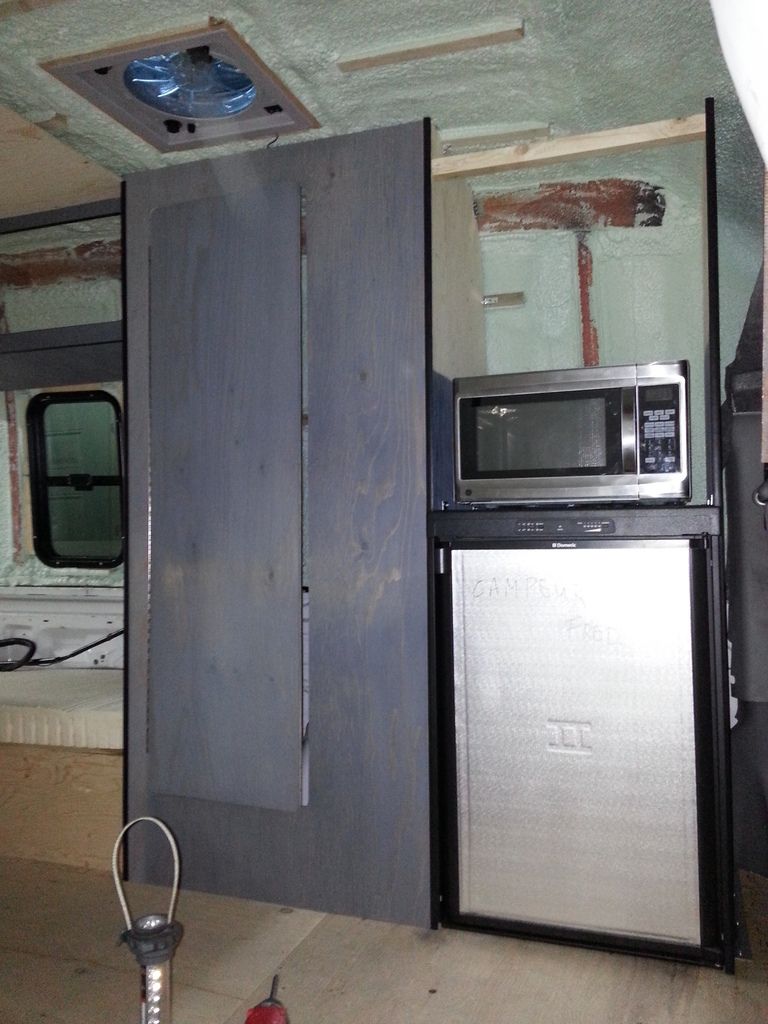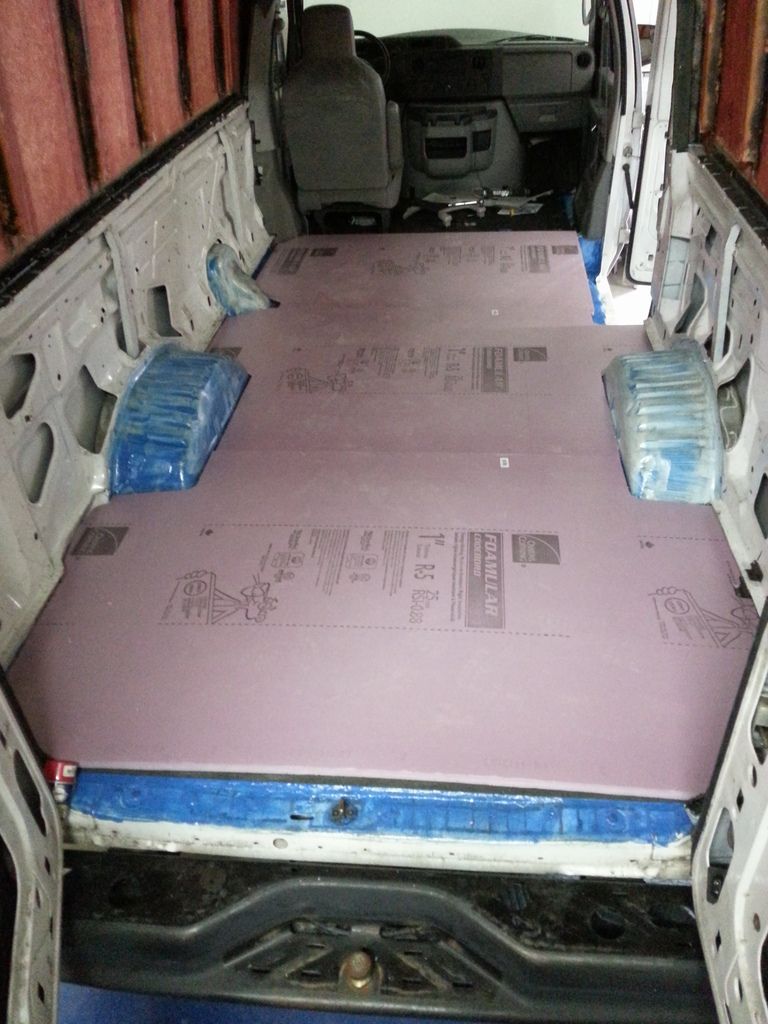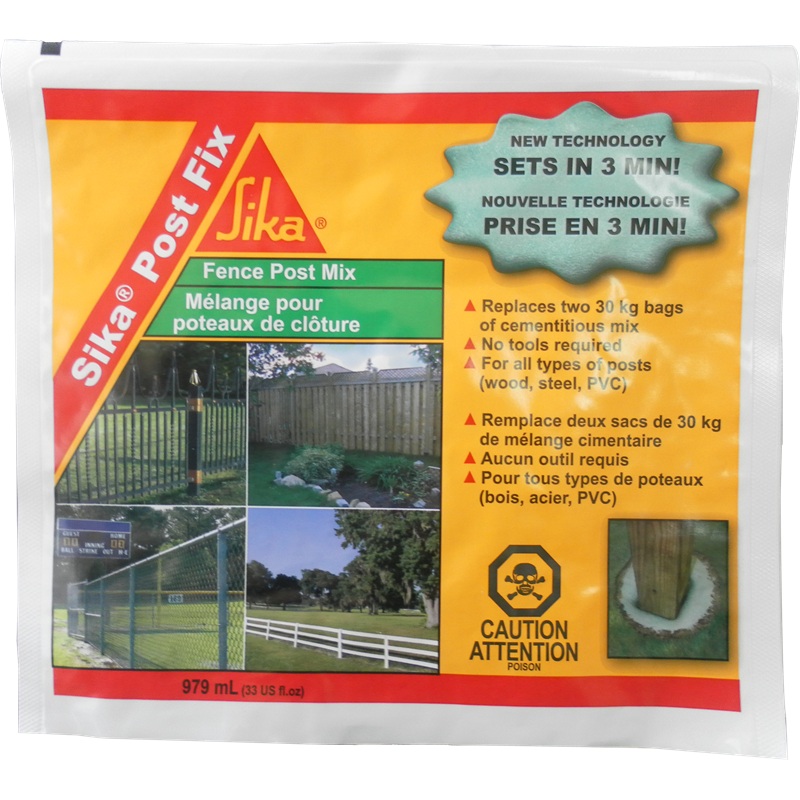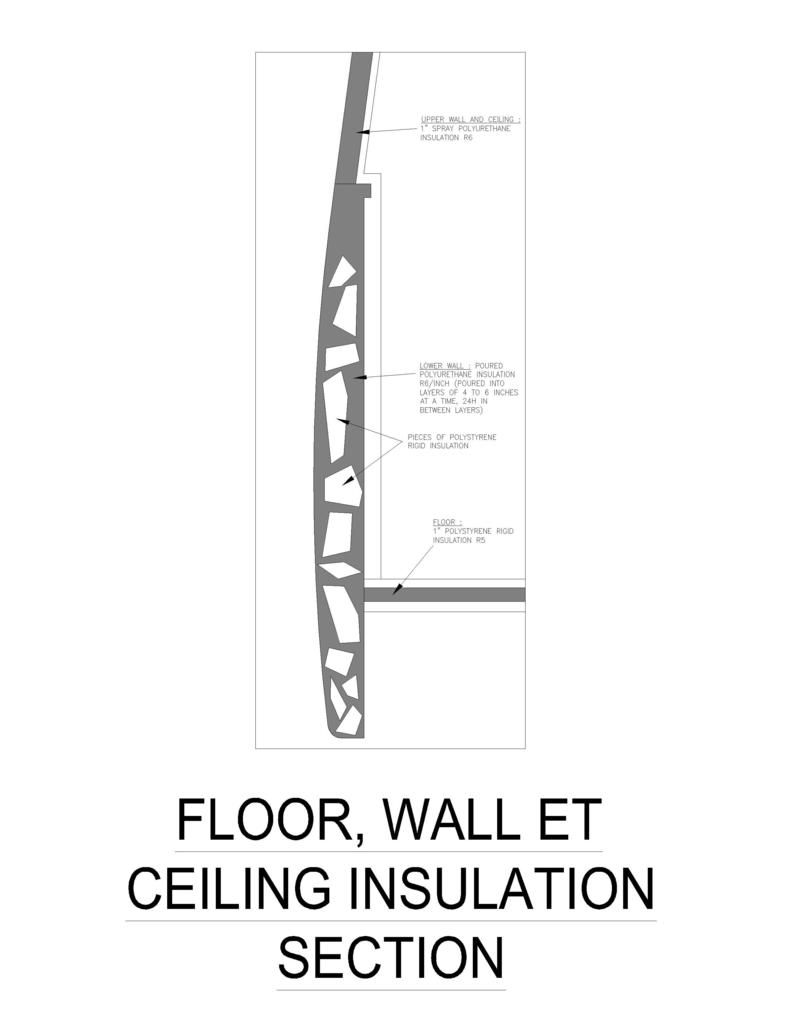- Good Sam Community
- Everything RV
- Technical Issues
- Re: My insulation theory, take a look.
- Subscribe to RSS Feed
- Mark Topic as New
- Mark Topic as Read
- Float this Topic for Current User
- Bookmark
- Subscribe
- Mute
- Printer Friendly Page
My insulation theory, take a look.
- Mark as New
- Bookmark
- Subscribe
- Mute
- Subscribe to RSS Feed
- Permalink
- Report Inappropriate Content
Apr-24-2016 05:10 PM
Please read this post completely before giving me your opinions, thanks!
I'm working on my very first DIY camper conversion, using a 2010 extended Ford E250.
At this moment the floor, upper wall and ceiling is insulated.
The lower walls, doors and wheel wells aren't insulated yet.
But before insulating the lower walls I wanted just wanted your opinion on this subject, I know it's been debated over the "correct" method to insulate a campervan.


I'm an Architectural technician so I know a little bit about insulation but this is not a house, I don't believe in Reflectix (sorry I know a lot of you do) I don't even consider it to be insulation, it's basically a thermal bridge breaker, I'm not saying it doesn't work, I just don't want to use it.
Also I know there's a lot of people afraid of polyurethane foam, there's some talk of panel warping, I'm aware of that, from what I have learned there's 2 main reasons for that, the insulation company that did the upper walls and ceiling of my van told me that the temperature of the polyurethane coming out of the nozzle is something like well over 200 degrees and that's why the panels warp (from the heat).
The other reason is expansion, when the foam is trapped it won't stop expanding and will warp the panels.
I have red many many articles here and there on the net and I think that's what it comes down to.
So here's my theory, take a look at my drawing, it's a section of the outer wall and floor.
I plan on using a different and relatively new product : Sika post fix

You can see it in action here :
https://www.youtube.com/watch?v=r9J2Rec2MjE

But the idea is to pour it in small layers of 4 to 6 inches (expanded) maximum at a time (that's my opinion) so the expansion would only be towards the top, So I would start pouring at one end making my way towards the other end, pouring it through the holes on the inside of the walls waiting 24h in between layers. Also I have a lot of scrap foam boards/pieces laying around, I would brake them up in small pieces and put them inside the panels, the expanding foam would fill the void in between the pieces, also I would need much less of that liquid post fix polyurethane.
So there's my theory... what do you think about it?
I'm actually waiting to do this because it's still pretty cold up here.
DIY conversion build, extended 2010 Ford 5.4L E250 + high top, from Montreal Canada, new to all this so please be patient and clear with me (never built or camped in a van yet)
- Mark as New
- Bookmark
- Subscribe
- Mute
- Subscribe to RSS Feed
- Permalink
- Report Inappropriate Content
Apr-25-2016 11:43 AM
Yes Tuna, the open-caell idea is going to fail the condensation test. In fact ANY insulation that is not itself a moisture barrier is going to become a moisture habitrail. I'm trying to think of something that would smooth out the obvious corrugations in the roof/upper wall treatment. Ensolite will do this, and is closed-cell.
IMO, the van presents certain unique challenges, IMO. #1 IMO the metal skin is highly conductive, and #2 IMO is doesn't breathe the way that metal siding can and does, IMO.
Again, IMO I think the OP's made good progress IMO and some sort of shot foam is called for in the lower areas IMO. I wouldn't mess with chunks IMO just fire away with the foam.
IMO.
- Mark as New
- Bookmark
- Subscribe
- Mute
- Subscribe to RSS Feed
- Permalink
- Report Inappropriate Content
Apr-25-2016 11:05 AM
How does condensation work with spray foam on a metal wall? S&B house walls are designed to pass water vapor out through the exterior walls.
- Mark as New
- Bookmark
- Subscribe
- Mute
- Subscribe to RSS Feed
- Permalink
- Report Inappropriate Content
Apr-25-2016 10:29 AM
pianotuna wrote:
I would not use any open cell foam. Once it gets wet it will stay that way. Rust and mold will follow.
It's closed cell
DIY conversion build, extended 2010 Ford 5.4L E250 + high top, from Montreal Canada, new to all this so please be patient and clear with me (never built or camped in a van yet)
- Mark as New
- Bookmark
- Subscribe
- Mute
- Subscribe to RSS Feed
- Permalink
- Report Inappropriate Content
Apr-25-2016 10:27 AM
The post fix might be a good idea and someone has to go first. Jim
- Mark as New
- Bookmark
- Subscribe
- Mute
- Subscribe to RSS Feed
- Permalink
- Report Inappropriate Content
Apr-25-2016 10:14 AM
My ride is a 28 foot Class C, 256 watts solar, 556 amp-hours of Telcom jars, 3000 watt Magnum hybrid inverter, Sola Basic Autoformer, Microair Easy Start.
- Mark as New
- Bookmark
- Subscribe
- Mute
- Subscribe to RSS Feed
- Permalink
- Report Inappropriate Content
Apr-25-2016 09:06 AM
'71 Starcraft Wanderstar -- The Cowboy/Hilton
- Mark as New
- Bookmark
- Subscribe
- Mute
- Subscribe to RSS Feed
- Permalink
- Report Inappropriate Content
Apr-25-2016 08:54 AM
greenrvgreen wrote:
...Kind of interesting that you post your questions only after you're halfway started...
What do you mean?
If you look at all my other threads you will notice that I am insecure because I'm new to all this, I never built a campervan before, I need this place to gain confidence to pull the trigger on buying the equipment and planning all the work I have to do.
This post/question is about insulating the lower inner walls, I didn't do anything yet, I am in no way halfway started.
I'm waiting and hoping to see if anyone has any actual experience.
Has anyone ever done anything like this before?!?
This thread is turning out to be a huge battle of IMOs hahaha.
But that's ok, I don't know where I'd be in my project without this place...
DIY conversion build, extended 2010 Ford 5.4L E250 + high top, from Montreal Canada, new to all this so please be patient and clear with me (never built or camped in a van yet)
- Mark as New
- Bookmark
- Subscribe
- Mute
- Subscribe to RSS Feed
- Permalink
- Report Inappropriate Content
Apr-25-2016 07:44 AM
As said previously, plenty of room up top to fur in around panels. I think the sprayed foam is going to help with the particularly conductive metal outer skin of the vehicle, but I think because of its thinness and high density it will not be as good an insulator as low-density foam.
I'm also very curious if any info is available on what the high-density sprayed foams WEIGHS.
I think some sort of sprayed foam for the lower area is a GREAT idea. I'm not sure which Sika product you're using (if that's what you're using), but Sika has a great rep in large vehicle applications (buses) and I know their website has plenty of info available, and phone techs to answer any questions. SOMEBODY will know about the potential expansion.
A good fabric store will carry the headliner material used in cars. I used this glued to foam panels as the cabin-facing layer in my TT, and it looks good, helps insulate and helps soundproof also.
I think you're making good prgress here. Kind of interesting that you post your questions only after you're halfway started, but it looks like it's coming together! Good luck!
- Mark as New
- Bookmark
- Subscribe
- Mute
- Subscribe to RSS Feed
- Permalink
- Report Inappropriate Content
Apr-24-2016 10:26 PM
2007 Jayco 29BHS TT.
- Mark as New
- Bookmark
- Subscribe
- Mute
- Subscribe to RSS Feed
- Permalink
- Report Inappropriate Content
Apr-24-2016 09:12 PM
westend wrote:
I'd use that foam mix but would do some experimentation in a closed vessel before starting. A metal coffee can or similar panel strength to your van panels would be my goal. There will be some fussing with the two parts being separated and mixxed, along with storage considerations but it would be a good solution for insulation, IMO.
I'm pretty sure if I go a couple of inches at a time I won't have any problems, the weather is still cool but getting hotter up here, I will do a test very soon. I will keep this thread up to date.
DIY conversion build, extended 2010 Ford 5.4L E250 + high top, from Montreal Canada, new to all this so please be patient and clear with me (never built or camped in a van yet)
- Mark as New
- Bookmark
- Subscribe
- Mute
- Subscribe to RSS Feed
- Permalink
- Report Inappropriate Content
Apr-24-2016 09:09 PM
Ductape wrote:
There are pourable expanding foams for marine flotation applications.
There are so many use for Polyurethane foam, I am not surprised, basically I could just buy gallons of this stuff instead of little pouches.
But it's always the same thing, two parts that you mix together.
There are different densities, the lower density is like those cans of "great stuff" very brittle to the touch, same thing with those "froth pak" that you can buy at Homedepot, that's why I had professionals using commercial stuff insulate the upper walls and ceiling of my campervan, because I wanted a much higher density, it's not as brittle and gives more stiffness and soundproofing to my campervan.
Also you have two types of polyurethane, open and closed cel, closed cel doesn't absorb water, that's what I have in my van.
http://www.uscomposites.com/foam.html
DIY conversion build, extended 2010 Ford 5.4L E250 + high top, from Montreal Canada, new to all this so please be patient and clear with me (never built or camped in a van yet)
- Mark as New
- Bookmark
- Subscribe
- Mute
- Subscribe to RSS Feed
- Permalink
- Report Inappropriate Content
Apr-24-2016 09:06 PM
'71 Starcraft Wanderstar -- The Cowboy/Hilton
- Mark as New
- Bookmark
- Subscribe
- Mute
- Subscribe to RSS Feed
- Permalink
- Report Inappropriate Content
Apr-24-2016 08:01 PM
- Mark as New
- Bookmark
- Subscribe
- Mute
- Subscribe to RSS Feed
- Permalink
- Report Inappropriate Content
Apr-24-2016 07:11 PM
It is messy, that is why you have professionals.
So my 1972 vintage conversion is all sprayed with foam. The practical difference I noticed, that having 20' wood motorhome in the past I could not keep it warm with 1500W electric heater.
The 40' metal conversion will stay warm with the same heater thanks to insulation
I would believe the technology made some progress in last 44 years?

- Mark as New
- Bookmark
- Subscribe
- Mute
- Subscribe to RSS Feed
- Permalink
- Report Inappropriate Content
Apr-24-2016 06:44 PM
John&Joey wrote:
Do you have solid knowledge that it will only expand upwards? My bet is it will be like water when it freezes and expand in all directions.
Simple test might be to fill a glass jar half full. If it is busted 24 hours later then you know your theory will not work.
Like I said I will pour the mixed liquid in small layers of 1 or 2 inches at a time leaving 24hours in between, it will expend to more or less 6"
If you look at the video the mixed liquid is trapped and has no other option but to expand upwards, in my case it can expand towards the front and rear of the van and also upwards, but the important thing will be pouring it 1 or 2 inches at a time, do you think it will warp the panels?
I'm pretty sure it would warp the panels if I were to pour the whole thing in one spot.
Believe me I will observe the outer panels very closely and If there's any warping I will simply pour a solvent on the polyurethane and it will dissolve, hopefully the panels will warp back into place once the void is created. and I will cancel the whole thing if that happens.
DIY conversion build, extended 2010 Ford 5.4L E250 + high top, from Montreal Canada, new to all this so please be patient and clear with me (never built or camped in a van yet)





